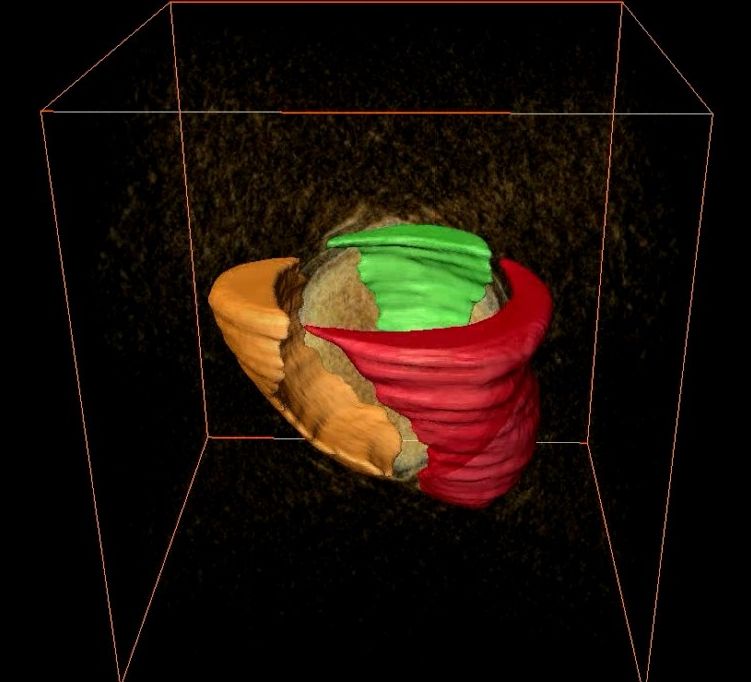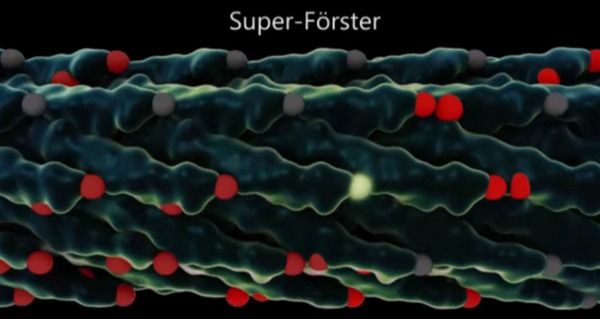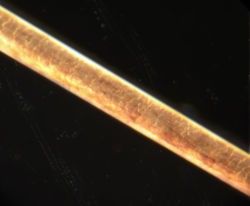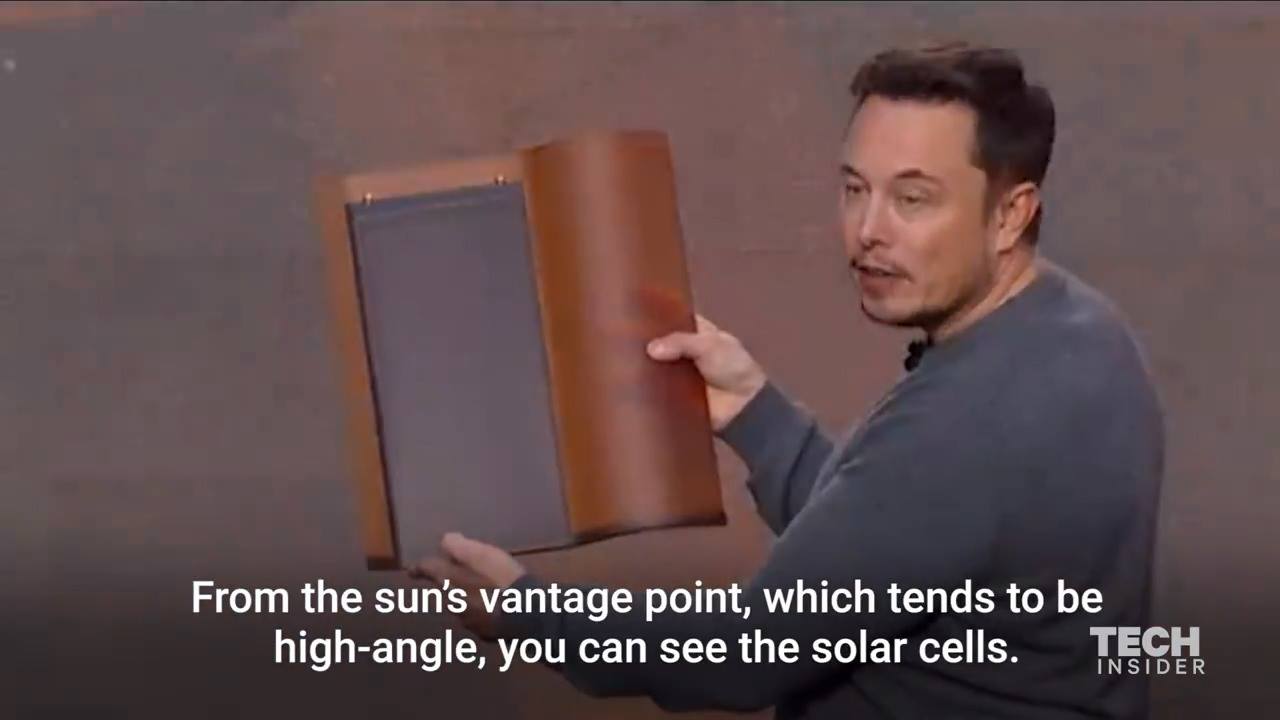Archive for the ‘solar power’ category: Page 121
Nov 5, 2016
Making energy-harvesting computers reliable
Posted by Shailesh Prasad in categories: computing, solar power, sustainability

A revolutionary and emerging class of energy-harvesting computer systems require neither a battery nor a power outlet to operate, instead operating by harvesting energy from their environment. While radio waves, solar energy, heat, and vibrations have the ability to power devices, harvested energy sources are weak leading to an “intermittent execution”, with periodic power failures and unreliable behavior.
Brandon Lucia, an assistant professor of electrical and computer engineering at Carnegie Mellon University, and his Ph.D. student Alexei Colin created the first programming language designed to build reliable software for intermittent, energy-harvesting computers. Colin will present the work at the 2016 SPLASH conference in Amsterdam, Netherlands, on November 3rd.
Continue reading “Making energy-harvesting computers reliable” »
Nov 3, 2016
World’s Largest Floating Solar Test Bed Comes Online in Singapore — By Within Coca | Triple Pundit
Posted by Odette Bohr Dienel in categories: economics, energy, solar power, water
“A new floating solar photovoltaic system in Singapore is just one hectare in size and is meant as a prototype. But it could help usher in a new wave of PV placements on water resources globally.”
Nov 2, 2016
Powerwall 2 & Solar Roof Launch | Tesla
Posted by Odette Bohr Dienel in categories: energy, environmental, solar power, sustainability
Oct 31, 2016
Solar Cell Cathodes Made from Human Hair
Posted by Karen Hurst in categories: particle physics, quantum physics, solar power, sustainability
Researchers at the Indian Institute of Science Education and Research (IISER) in Kolkata, India, have for the first time implemented a bio-waste-derived electrode as cathode in a quantum-dot-sensitized solar cell.
“The materials to be used as cathode in quantum dot solar cells need to be highly catalytic and electrically conducting to facilitate the electron transfer processes,” explains Professor Sayan Bhattacharyya from the Department of Chemical Sciences at IISER. He adds that the lamellar structure of human hair is likely responsible for the graphene-like sheets in the transformed graphitic porous carbon. “Secondly,” he continues, “since hair contains keratin and other amino acids, carbonizing the acid-digested hair under inert conditions likely retains the nitrogen and sulphur hetero-atoms, which are useful to enhance the catalytic propensity of the produced carbon.”
As the professor explains, the idea behind this research project was to use a bio-waste resource like hair in future energy technologies to achieve a win-win situation — i.e., “A smart way to address environmental concerns and also to produce cheaper devices.”
Continue reading “Solar Cell Cathodes Made from Human Hair” »
Oct 31, 2016
New Technique Reveals Powerful, “Patchy” Approach to Nanoparticle Synthesis
Posted by Karen Hurst in categories: nanotechnology, particle physics, solar power, sustainability

Patches of chain-like molecules placed across nanoscale particles can radically transform the optical, electronic, and magnetic properties of particle-based materials. Understanding why depends critically on the three-dimensional features of these “polymer nano-patches”—which are tantalizingly difficult to reveal at a scale spanning just billionths of a meter.
Now, scientists have used cutting-edge electron tomography techniques—a process of 3D reconstructive imaging —to pinpoint the structure and composition of the polymer nano-patches. The results, published earlier this month in the journal Nature, “lay the foundation for new nanoscale architectures that could potentially enhance technologies such as self-assembled solar cells and catalysts,” said lead author Eugenia Kumacheva of the University of Toronto.
Continue reading “New Technique Reveals Powerful, ‘Patchy’ Approach to Nanoparticle Synthesis” »
Oct 31, 2016
Elon Musk Unveils ‘Solar Roof ’
Posted by Shailesh Prasad in categories: Elon Musk, solar power, sustainability
The sun provides more than enough energy in just one hour to supply our planet’s energy needs for an entire year. Your home can capture this free, abundant energy source through rooftop solar tiles, turning sunlight into electricity for immediate use or storage in a Powerwall battery.
Oct 22, 2016
This brilliant 13-year-old figured out how to make clean energy using a device that costs $5
Posted by Shane Hinshaw in categories: education, solar power, sustainability
Maanasa Mendu thinks she’s cracked the code on how to make wind and solar energy affordable.
On Tuesday, Mendu, a 13-year-old from Ohio, won the grand prize in the Discovery Education 3M Young Scientist Challenge for her work in creating a cost-effective “solar leaves” design to create energy. In addition to winning the title of “America’s Top Young Scientist,” she gets $25,000 for her achievement.
The leaves, designed to help developing areas in need of cheaper power sources, cost roughly $5 to make.
Oct 20, 2016
New perovskite solar cell design could outperform existing commercial technologies
Posted by Shane Hinshaw in categories: engineering, solar power, sustainability
A new design for solar cells that uses inexpensive, commonly available materials could rival and even outperform conventional cells made of silicon.
Writing in the Oct. 21 edition of Science, researchers from Stanford and Oxford describe using tin and other abundant elements to create novel forms of perovskite — a photovoltaic crystalline material that’s thinner, more flexible and easier to manufacture than silicon crystals.
“Perovskite semiconductors have shown great promise for making high-efficiency solar cells at low cost,” said study co-author Michael McGehee, a professor of materials science and engineering at Stanford. “We have designed a robust, all-perovskite device that converts sunlight into electricity with an efficiency of 20.3 percent, a rate comparable to silicon solar cells on the market today.”
















